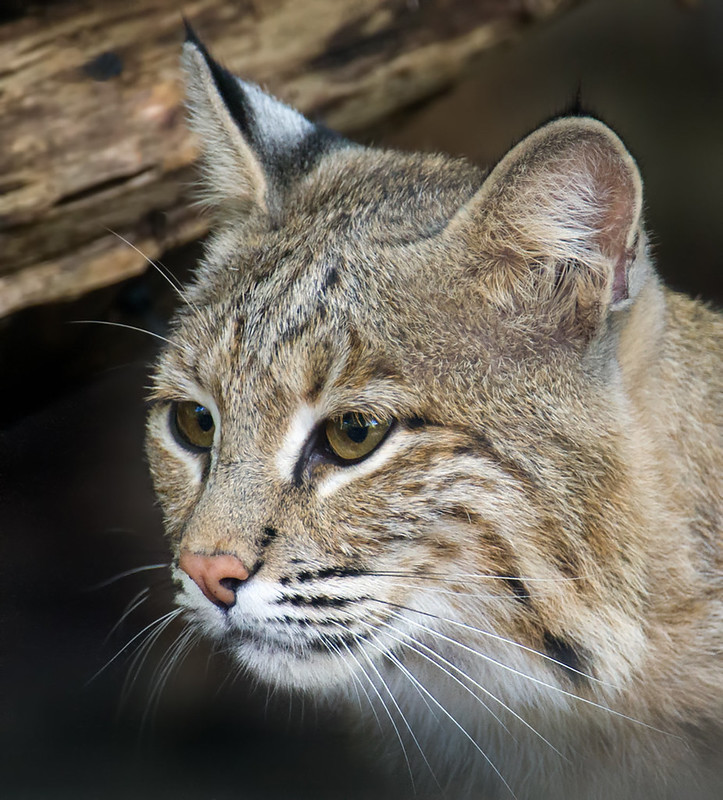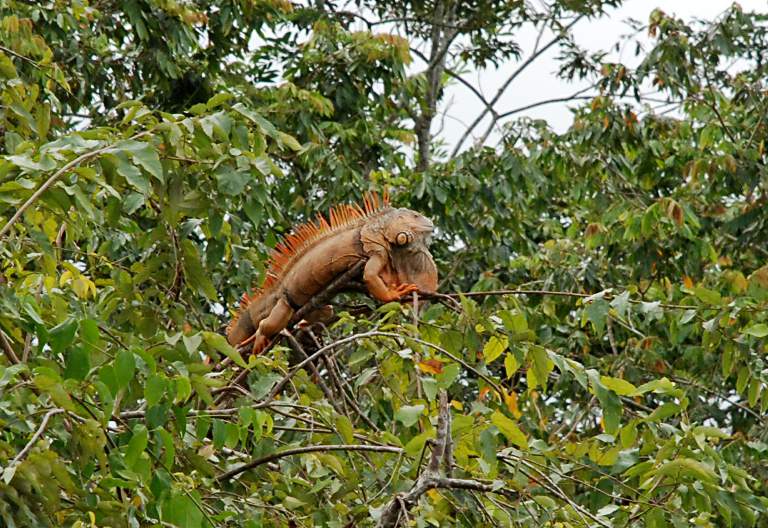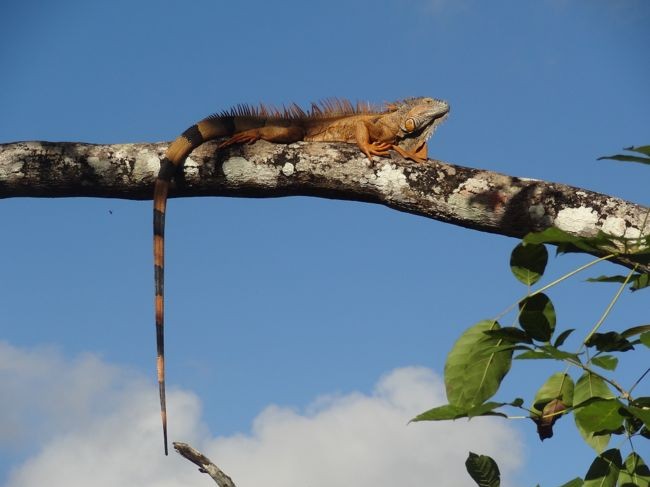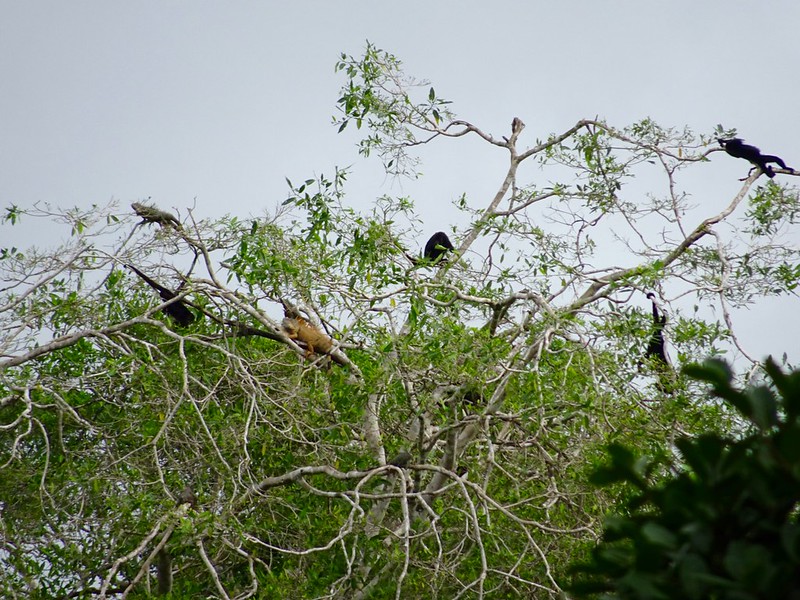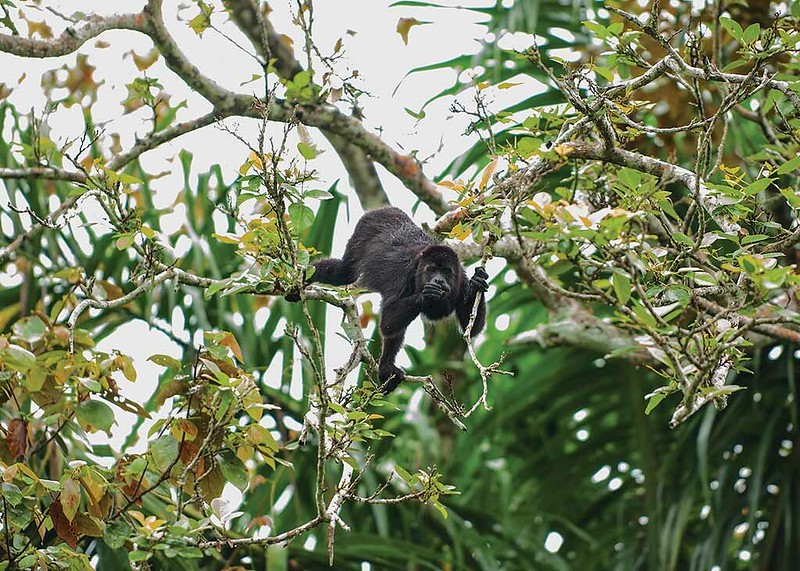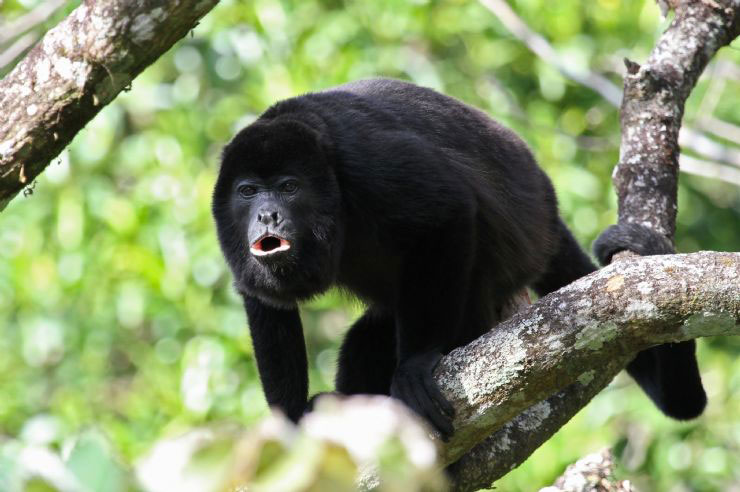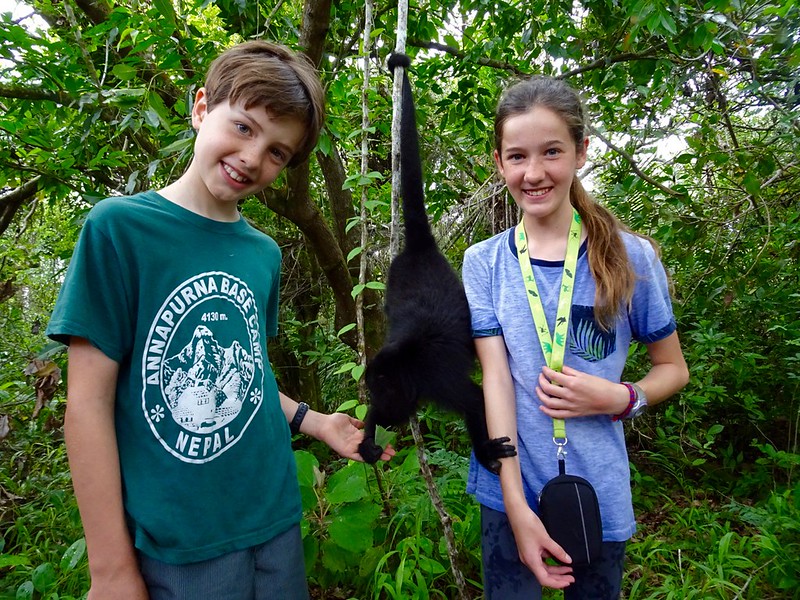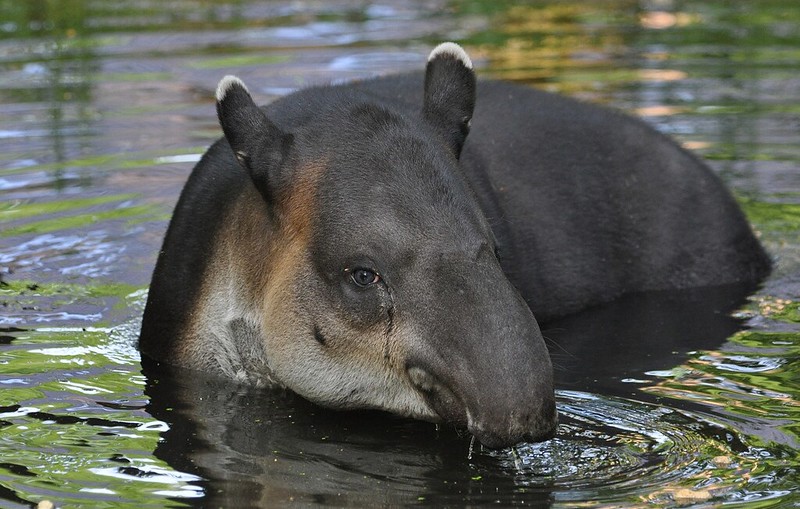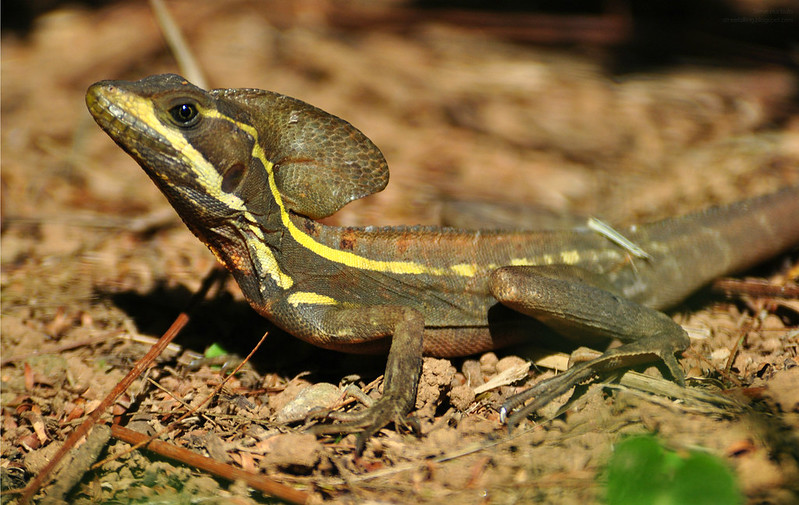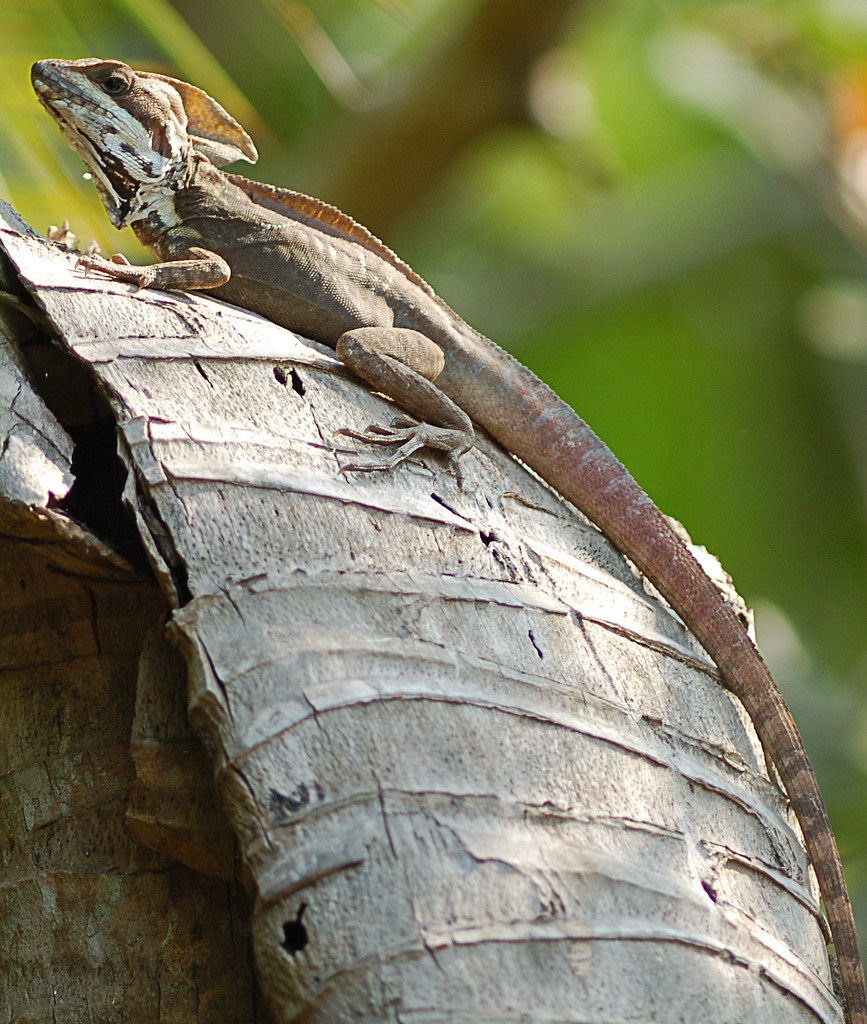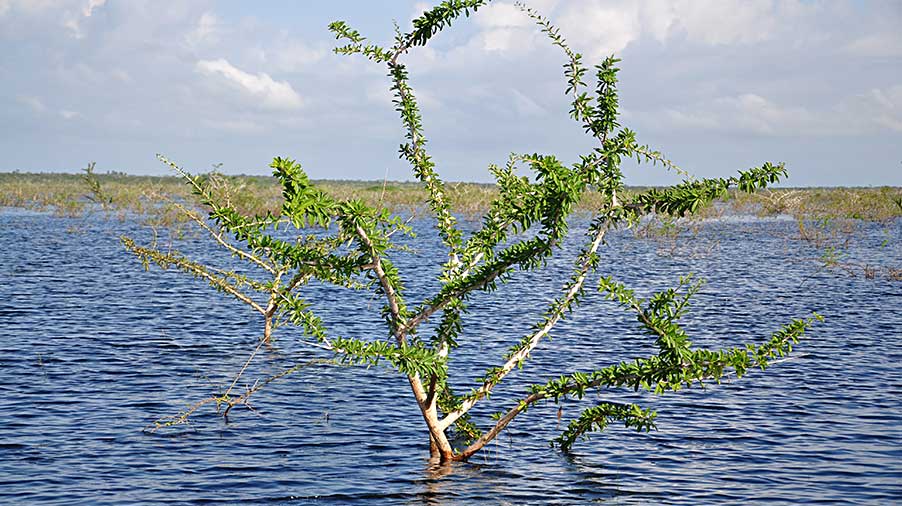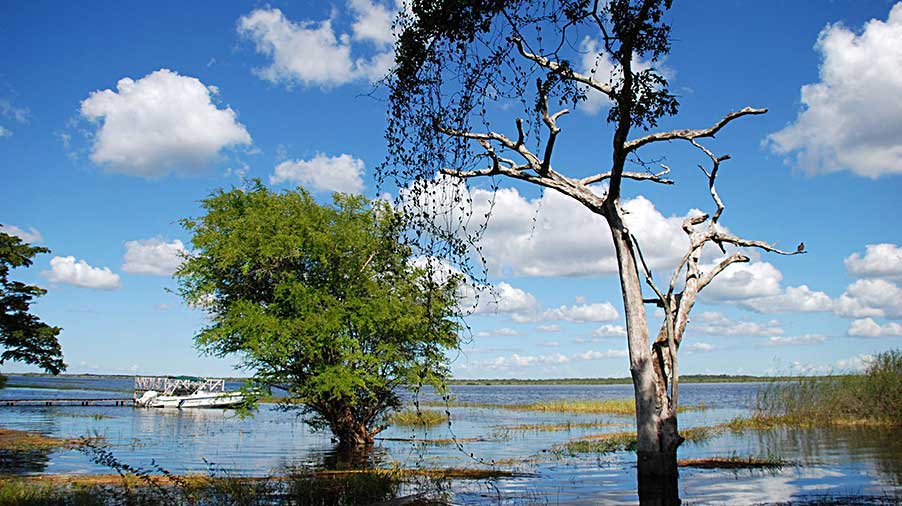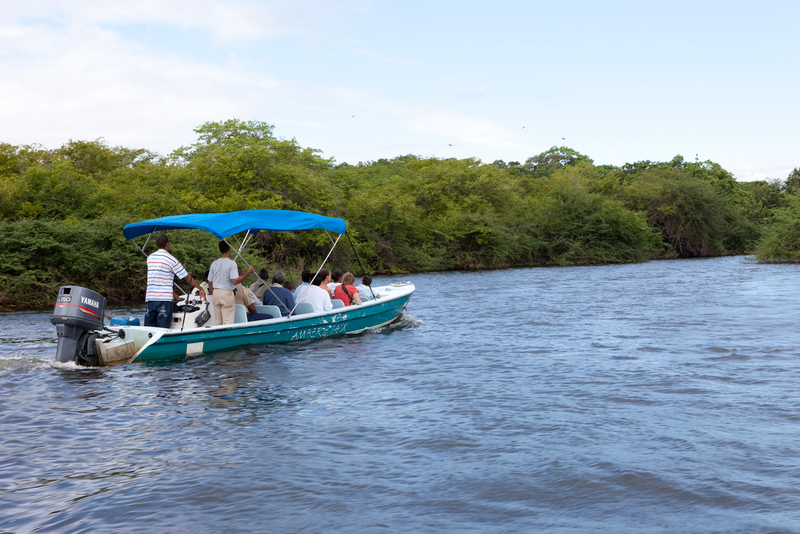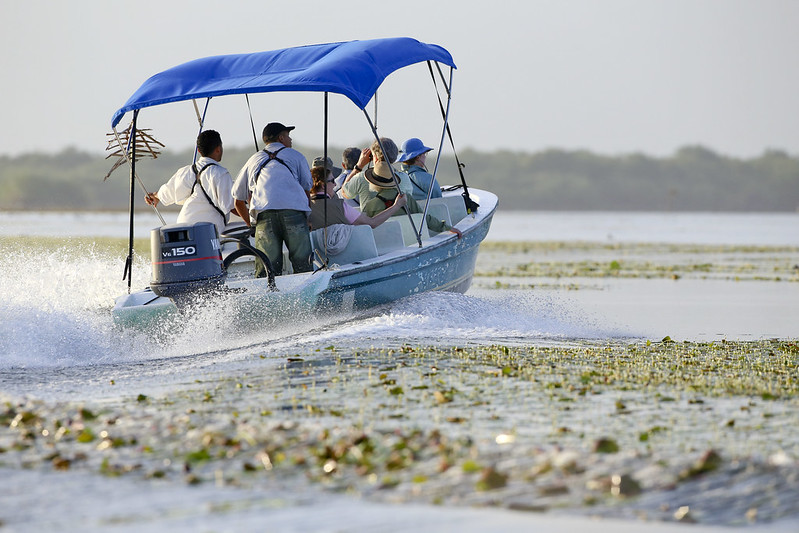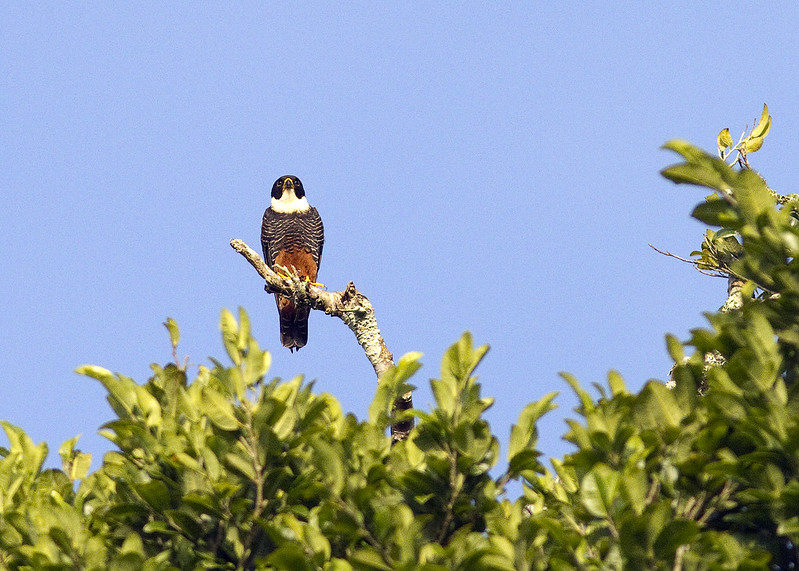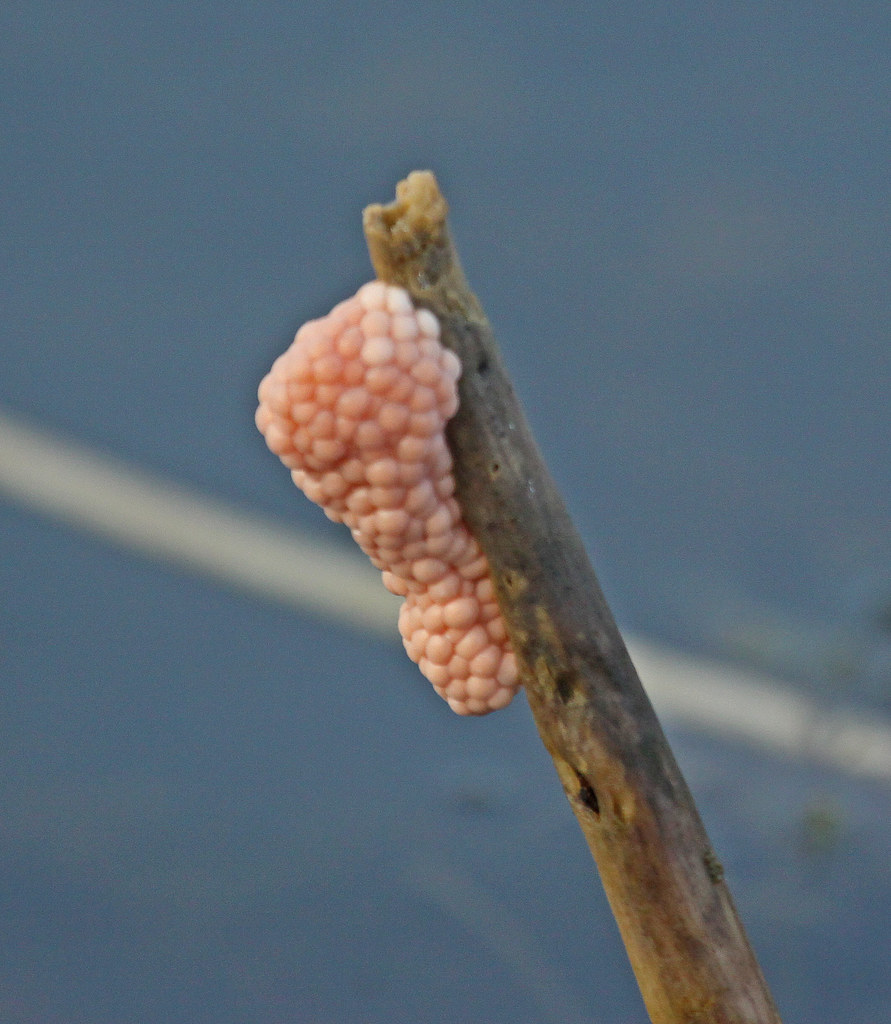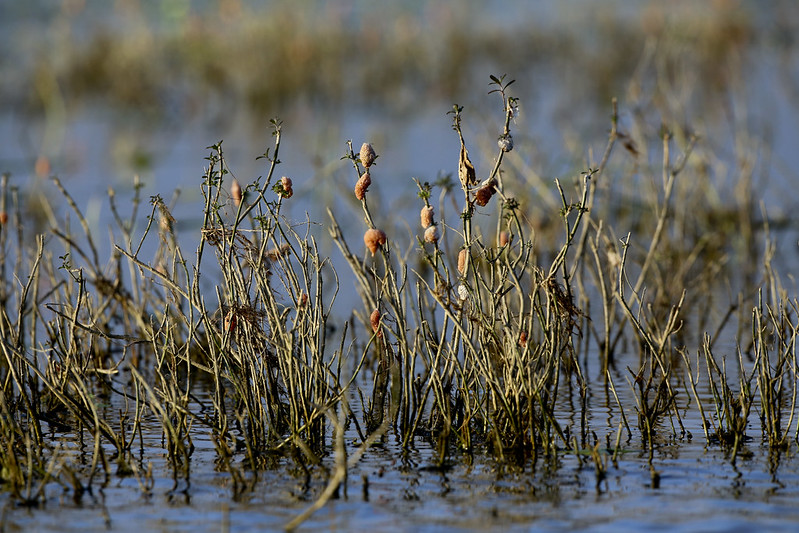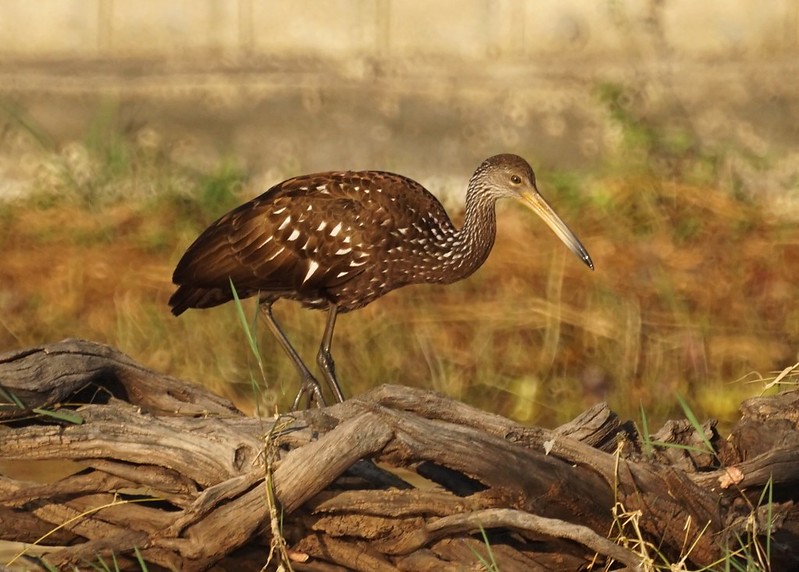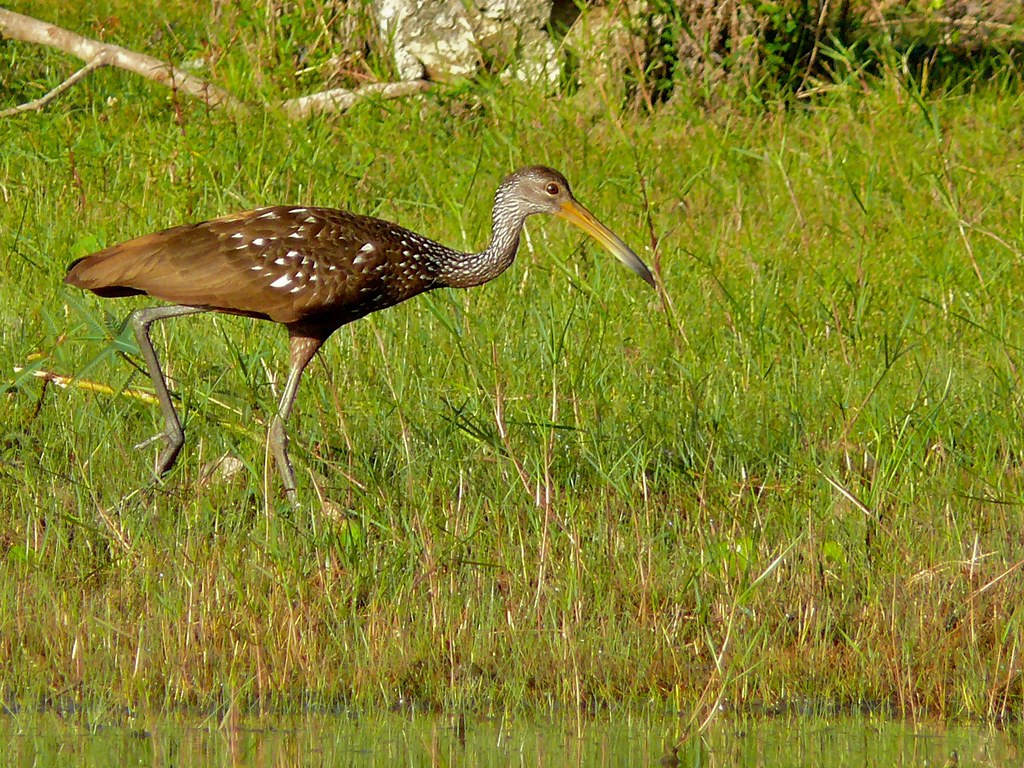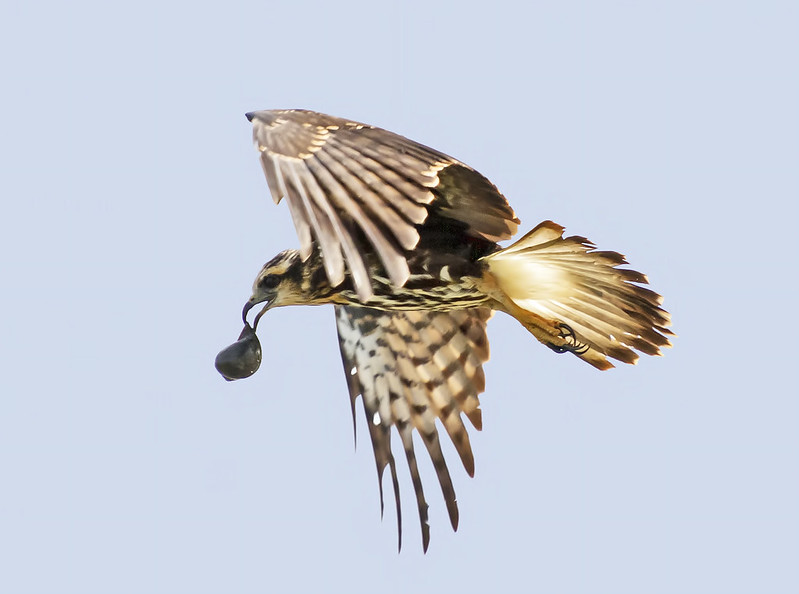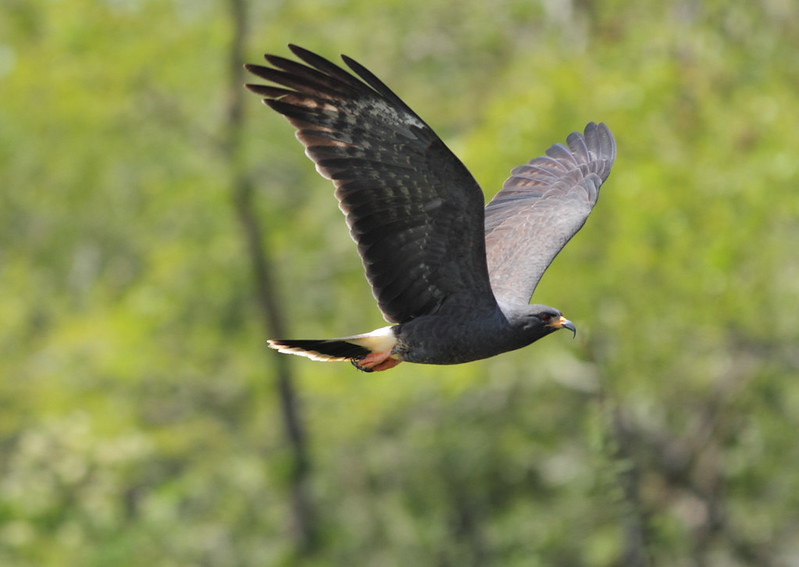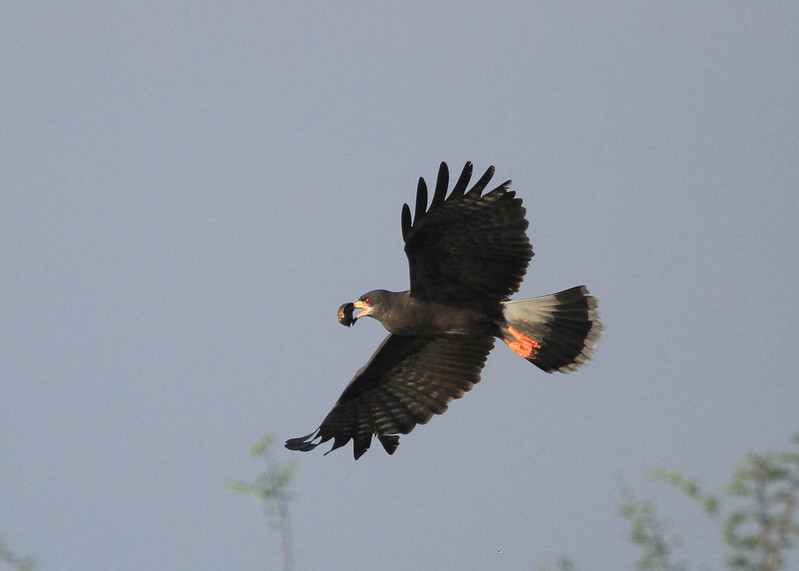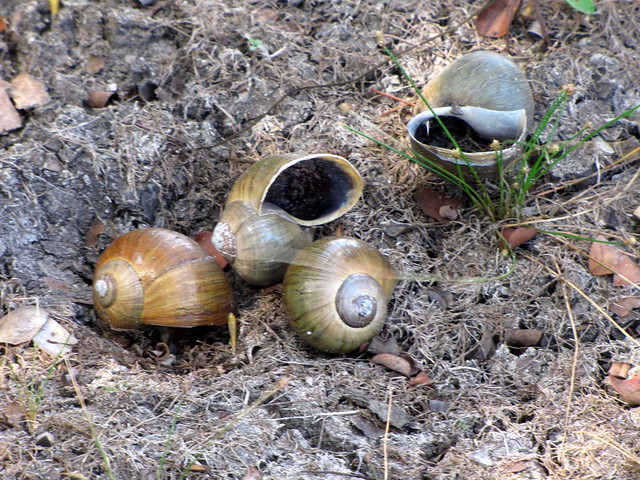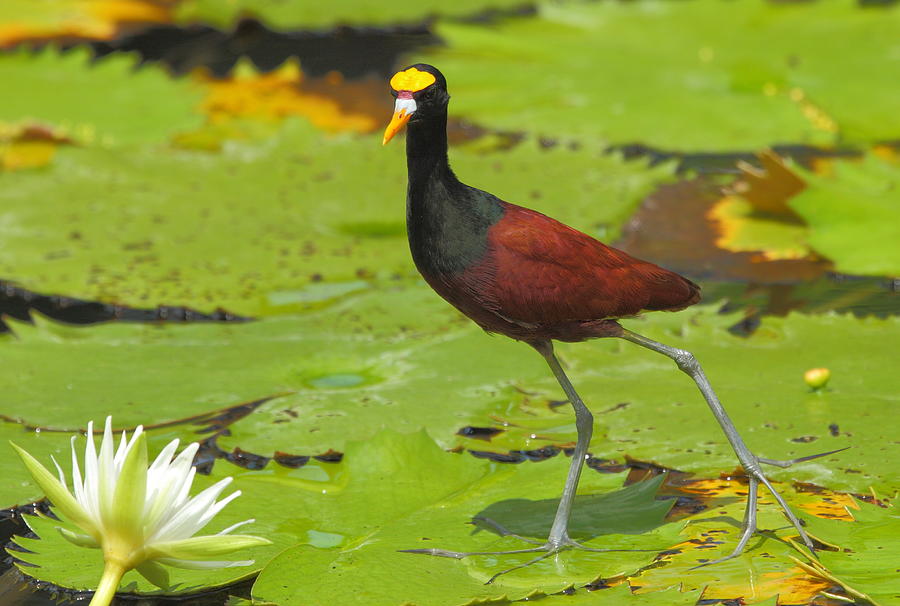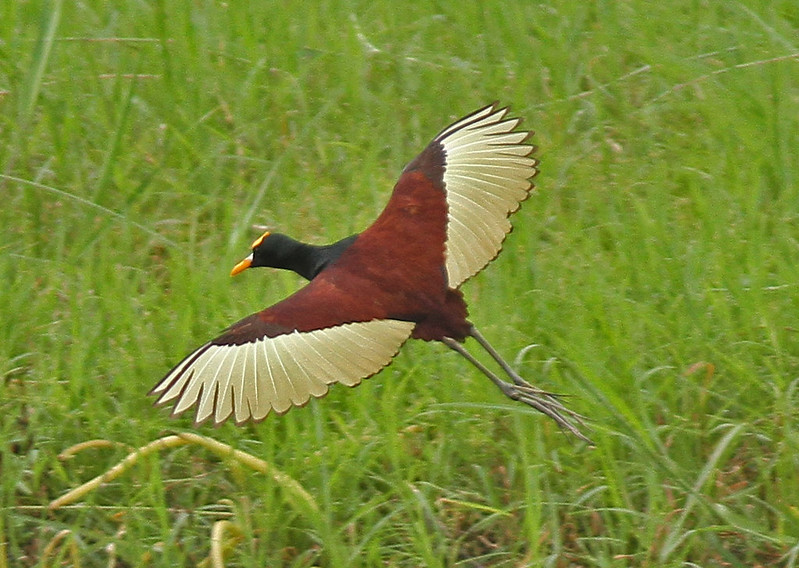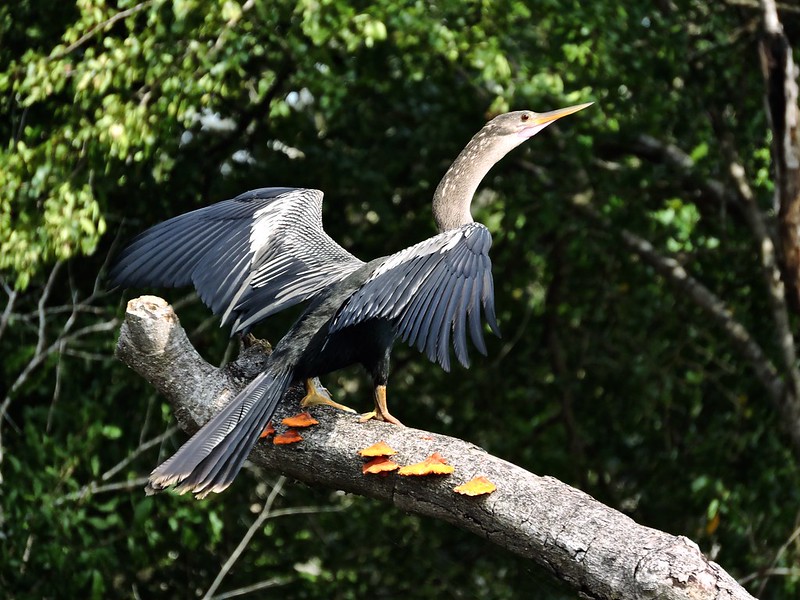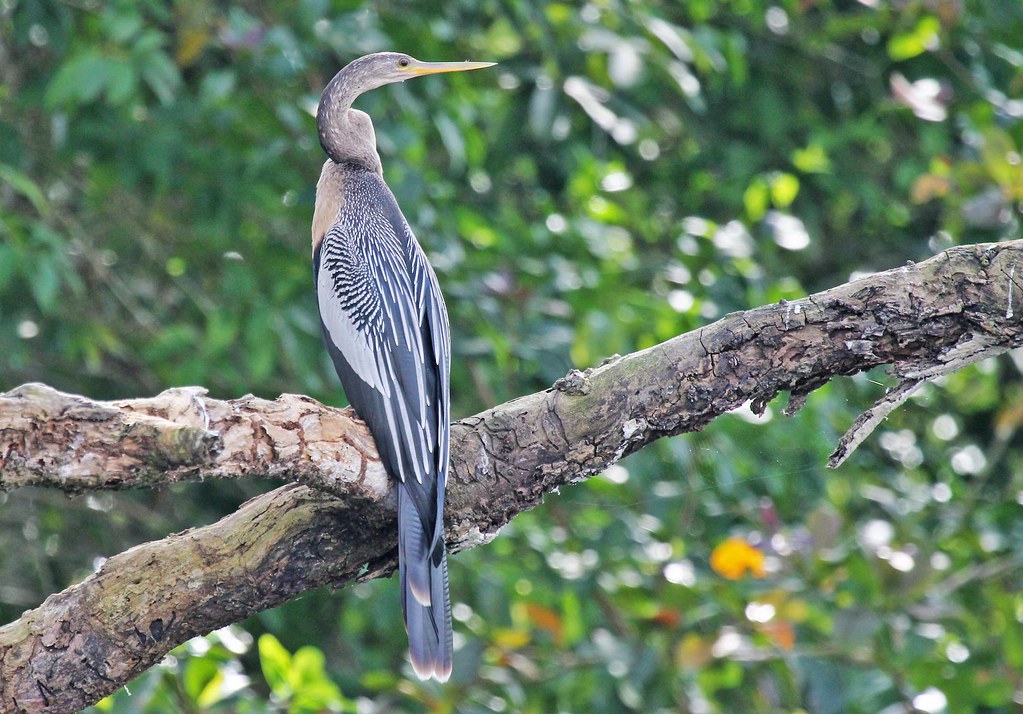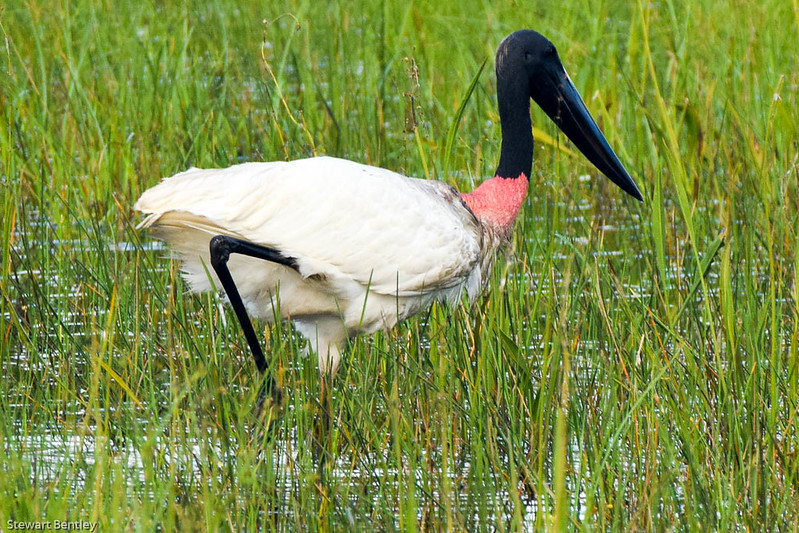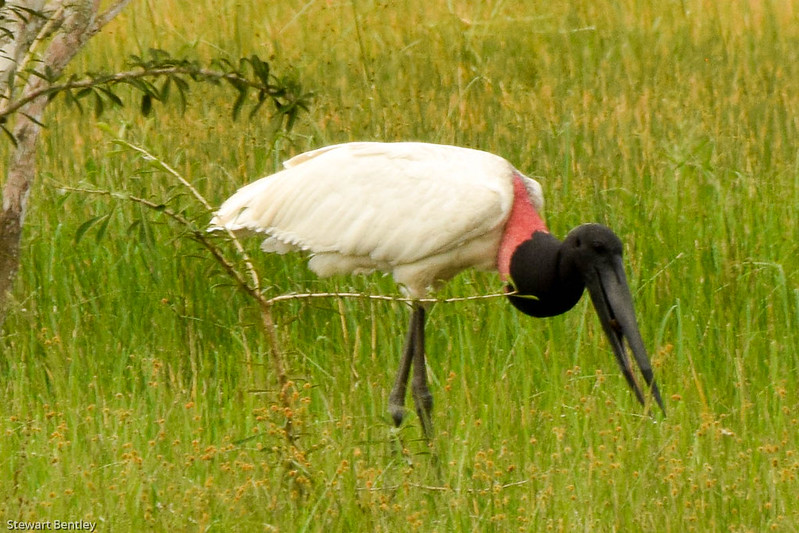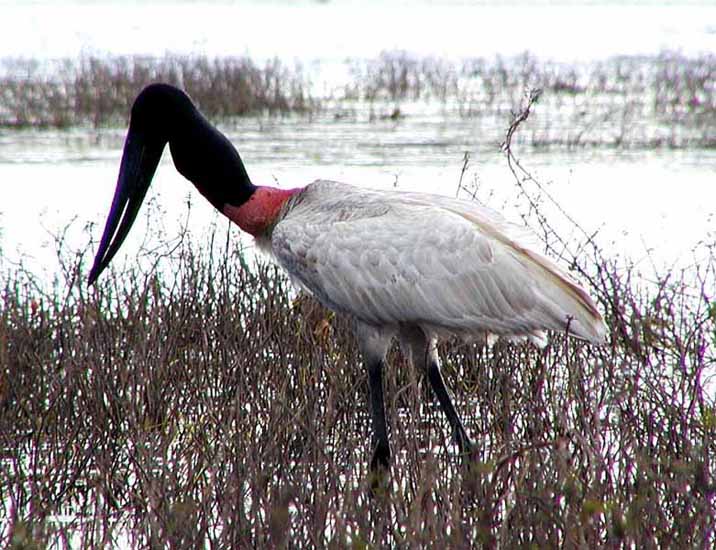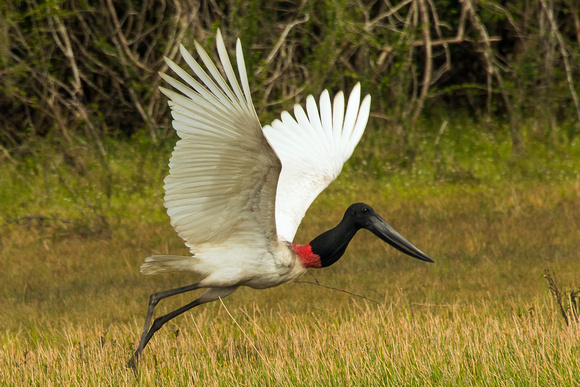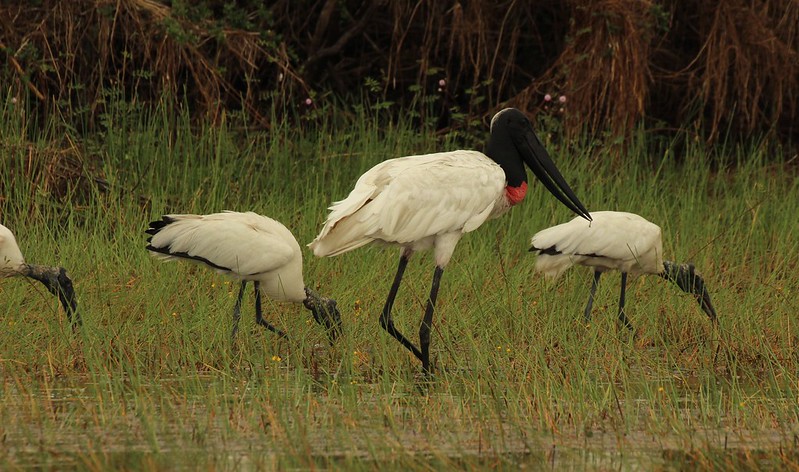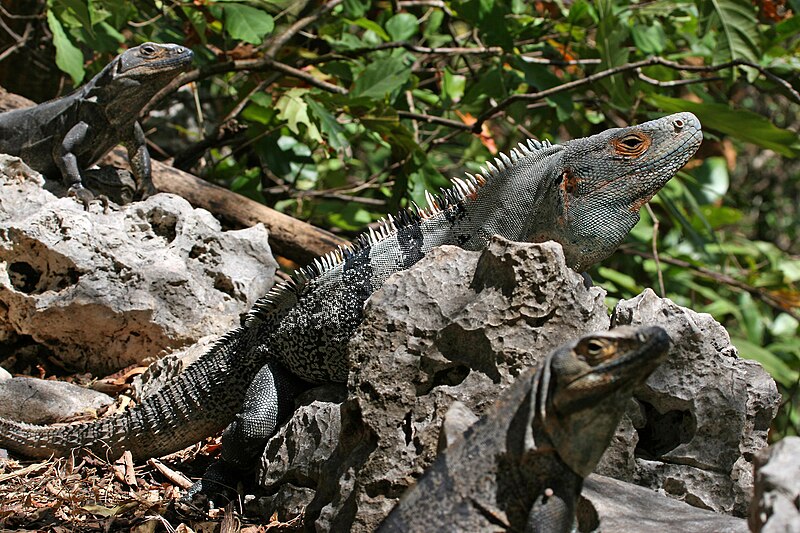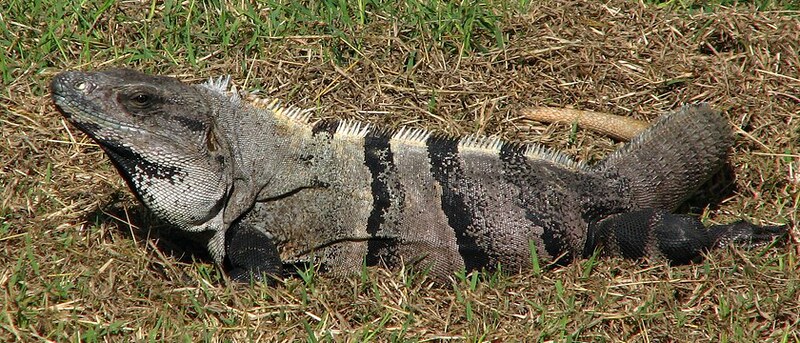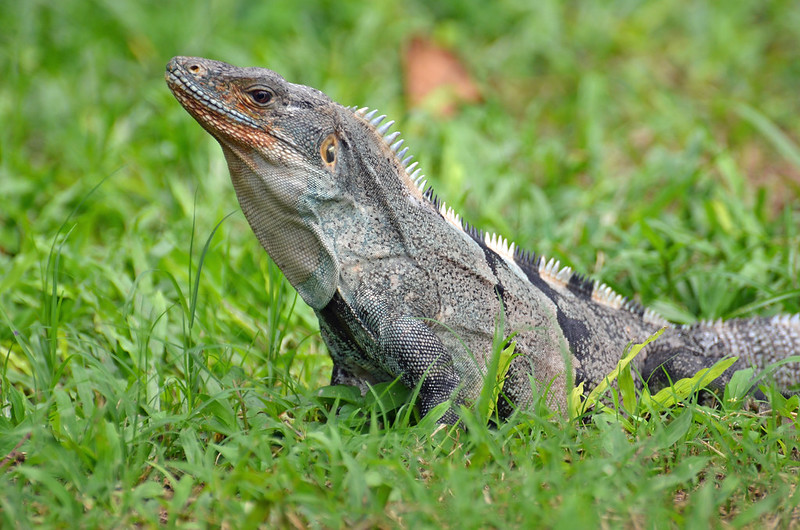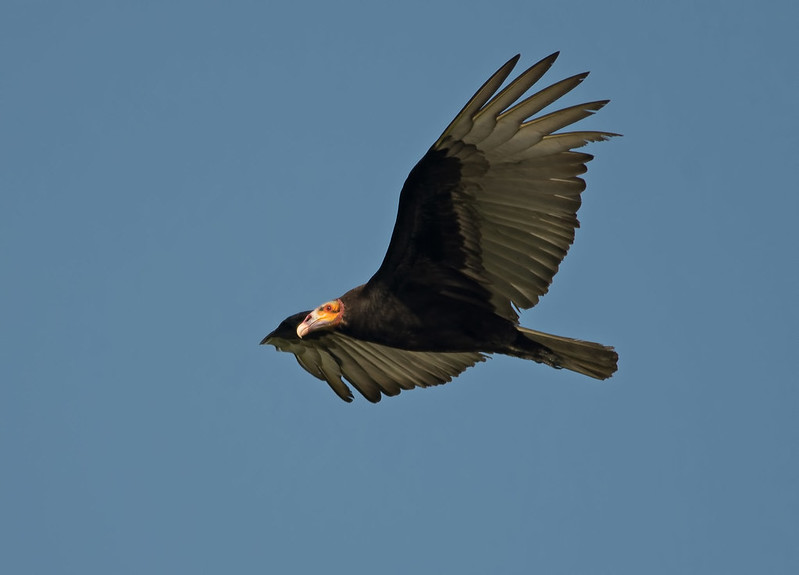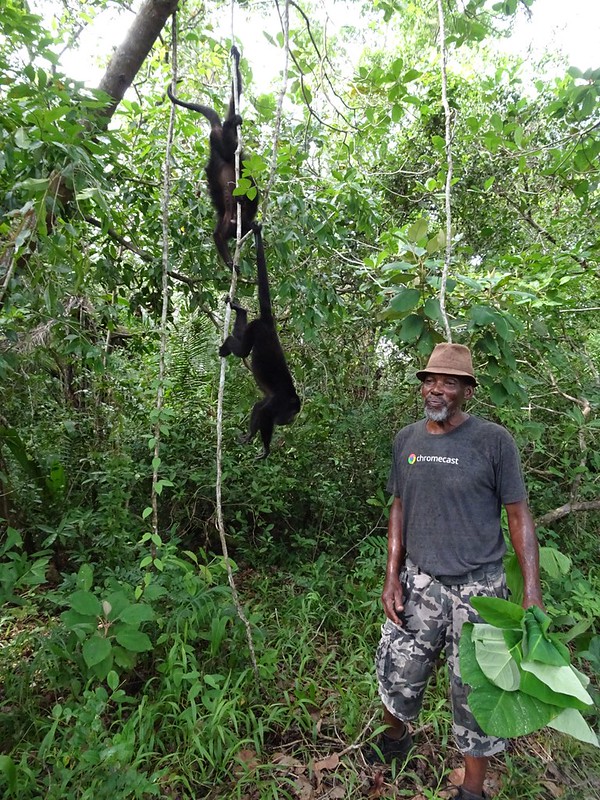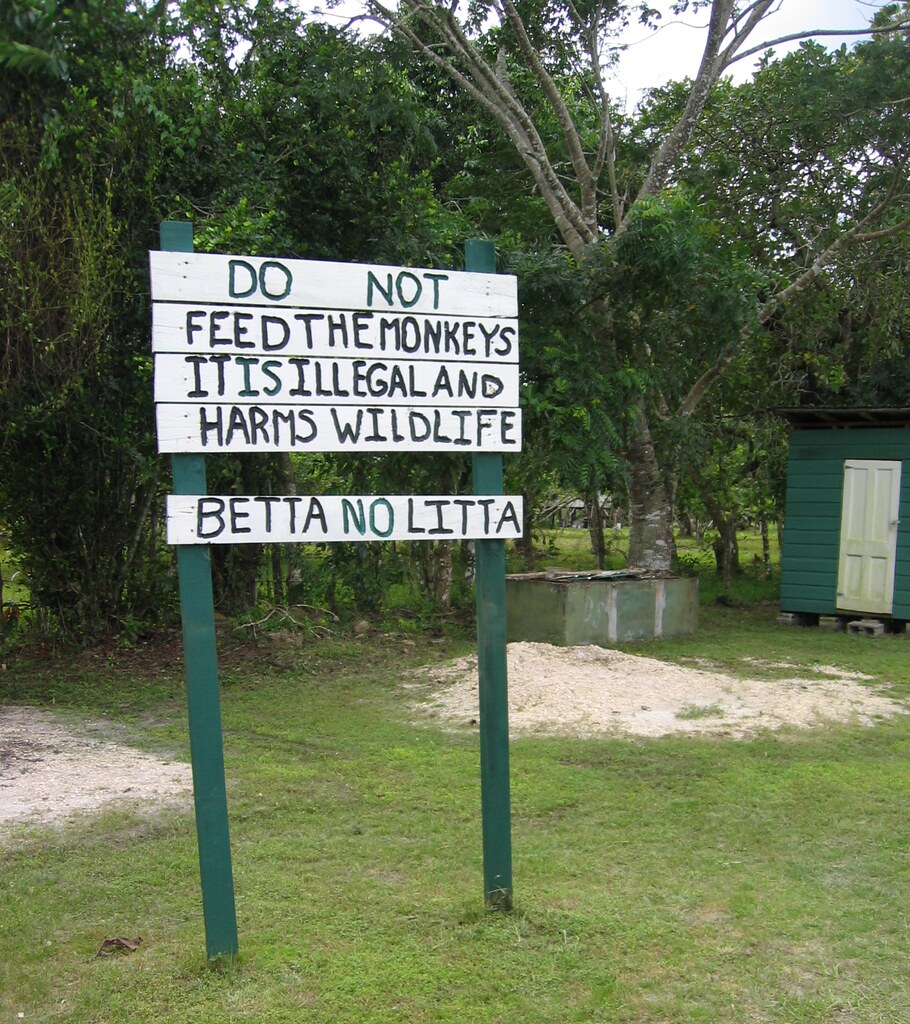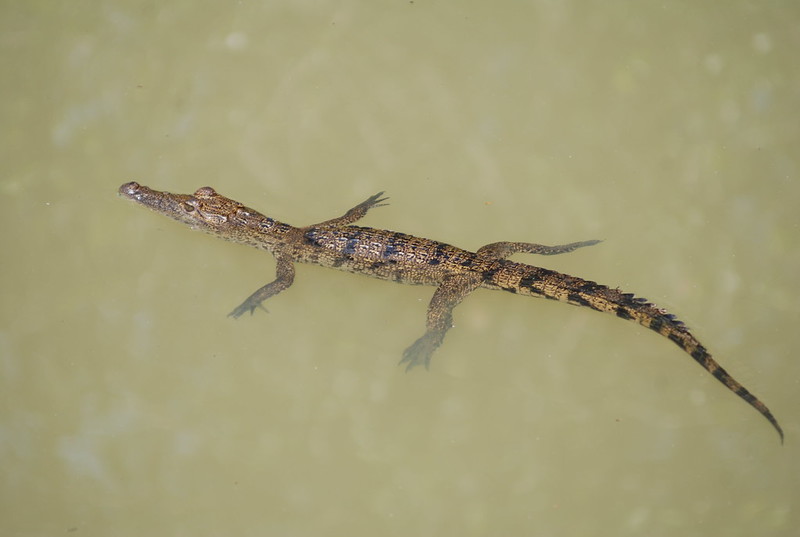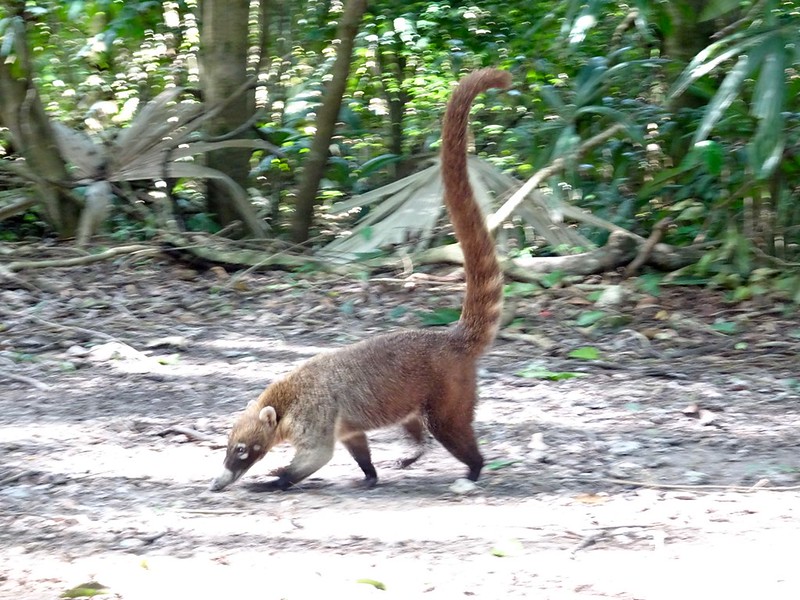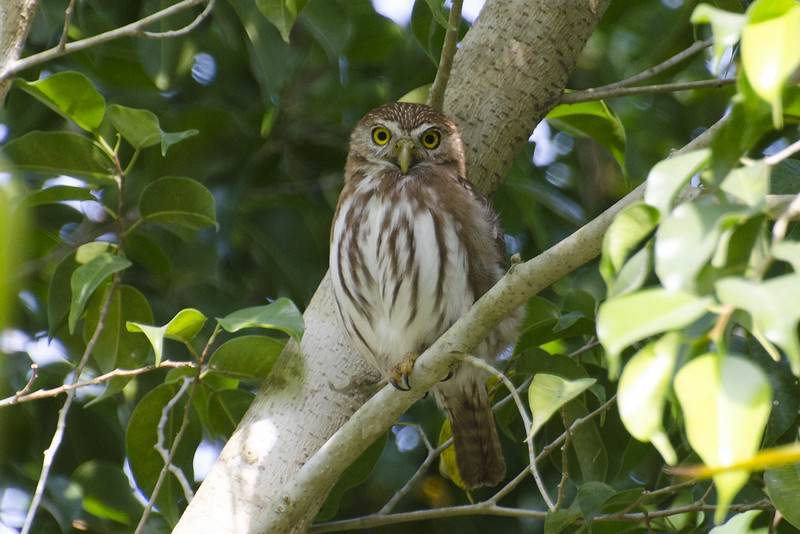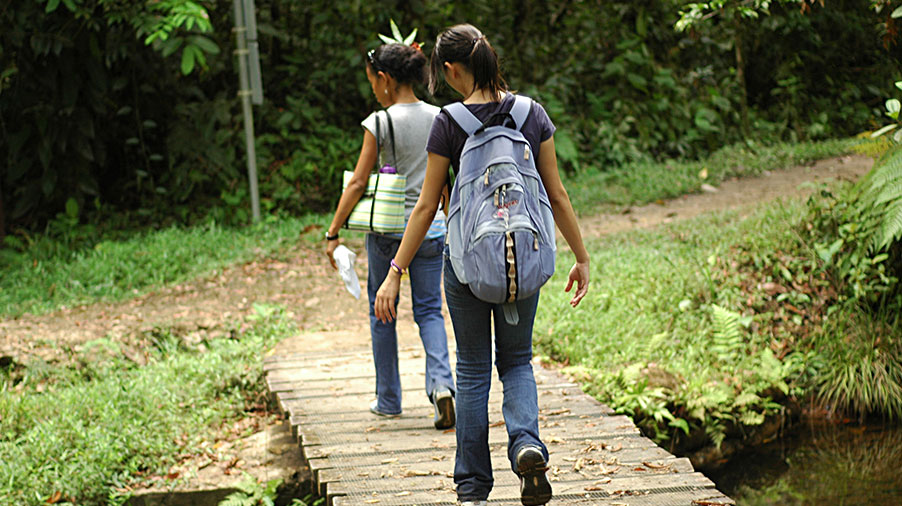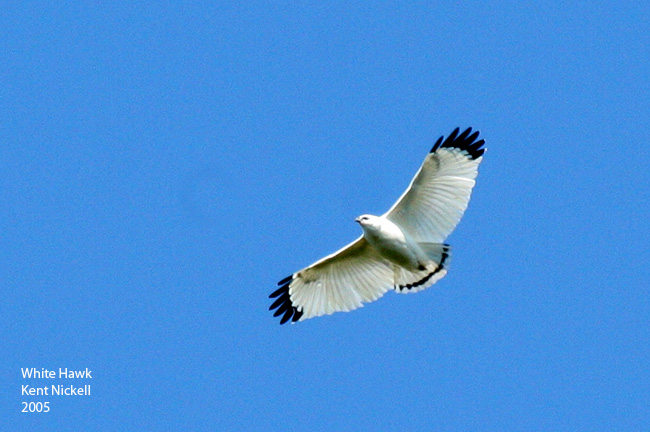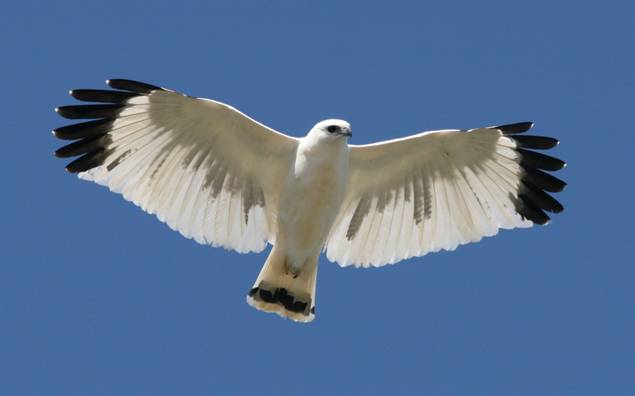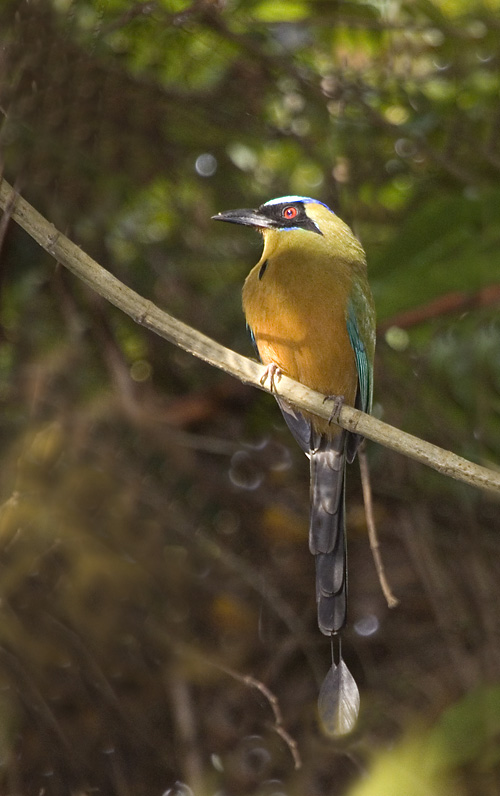Yeah, that's a cool video and I can't wait for an opportunity to try the feeders. You don't score a ten though until your target lies belly down on your finger. I weigh about 34.5 thousand times as much as the two and a half gram Calliope - the smallest bird this side of the Rio Grande. And it's so awesome to feel the weight - what little there is - and warmth of a tiny bird like that who's at least assessed you as not being a significant threat.
Comment on:
http://www.abigailsings.com/hummingbirds/

More power to her but I was landing hummers by the late Nineties, I'm pretty sure, and didn't think doing so was a major news item. Also doubt that I was the first individual in the history of the Western Hemisphere to have done so.
Further thoughts on the Potoo...
http://www.kitestrings.org/post9877.html#p9877
(That shot was from Trinidad, I just realized.)
Yesterday I reached the conclusion that these guys aren't anywhere near as hard to score as I'd always imagined. Do a potoo image search. They're ALL conspicuously perched - like the one in the photo and the one we saw on Tobago. I'd always assumed that they'd usually be perching in dense foliage along with camouflaging themselves as stumps or bases of broken limbs.Tad Eareckson - 2017/01/12 15:24:37 UTC
Never in a million years did I think I'd get a look like that at one of those (Common Potoo) in the wild. Excellent light, clear unobstructed shot, maybe 25 feet right over the beginning of a paved drive tunneled under the canopy.
Nah. Stumps, bases of broken limbs aren't really compatible with dense foliage and they wanna be conspicuous and quickly dismissed as nothing of interest. And if you're a human with a decent pair of binoculars and looking for them you're gonna be checking out all halfway suspicious looking stumps and bases of broken limbs and you're gonna find them.
These things:
http://en.wikipedia.org/wiki/Proboscis_bat
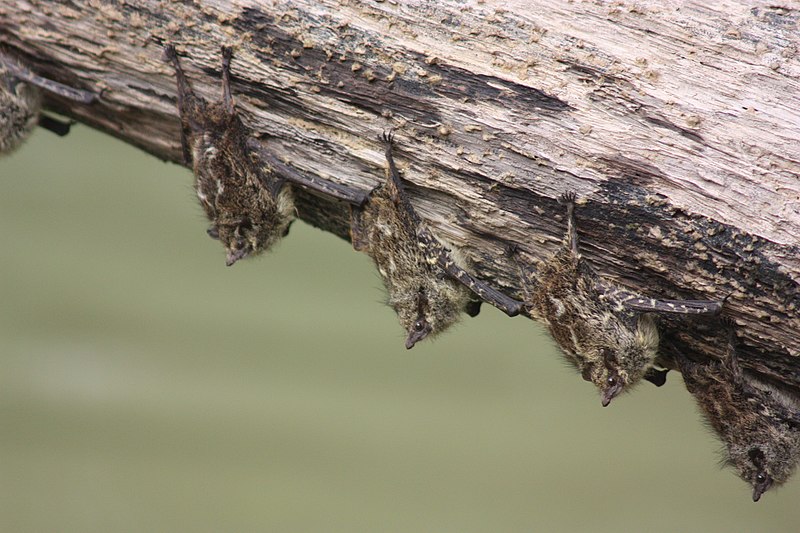
http://upload.wikimedia.org/wikipedia/commons/0/09/Long-nosed_proboscis_bats.JPG
are mammalian potoos - nocturnal insectivores that spend the day hiding in plain sight presenting themselves as parts of trees.
Morning One in Belize - 2015/12/31 - we're taking a canoe ride down about six winding miles of the Belize River in the vicinity of Bermudian Landing (Community Baboon (Black Howler Monkey) Sanctuary. Wallingston Russell, our guide and power source, turns the boat back upstream to show us the bats roosting under the trunk of a tree overhanging the river.
You SWEAR that the very evenly spaced little bumps on the underside are features of the bark as your guide is assuring you otherwise. Then the bark features decide that they're no longer adequately fooling anyone, explode into the air within the same nanosecond like a flock of butterflies, and find someplace else to hide in plain sight.
Felt bad about disturbing them but that was one of the half dozen coolest things I've seen in the two trips to the Caribbean tropics.
So I ask Russell what species they are. "Insectivorous." (Thanks Russell, that should really help narrow things down.) Found out stunningly fast when I got back home but Jesus H. Christ. You've been doing this once a day for the past hundred years, you get these guys two outta three trips, they're a MAJOR highlight, EVERBODY loves them, and "insectivorous" is the best you can do? Not to mention that you can ID them online in SECONDS?
ALL these guides know ALL their birds.
- Red hot birders from all over the globe constitute a sizeable percentage of their clientele and they can't afford to be caught showing deficiencies.
- They're IDing birds all the fuckin' time and if you're IDing birds all the fuckin' time you're gonna get good at it whether you want to or not.
But if something doesn't have feathers... Fuck it. They can get away with it. The Seba's Short-Tailed Bats hanging in plain sight overhead in the visitors center were "fruit bats". (Thanks, that should really help narrow things down.)
The Proboscis Bat is a one-species genus (Rhynchonycteris) in the Sac-Wing family (Emballonuridae). And that family includes our little diurnal Lesser Sac-Wing buddy (Saccopteryx leptura) from T&T - along with a huge chunk of Central and South America.America.
P.S. - 2017/02/03 21:05:00 UTC
The ranges for those two are about the same.
P.P.S.
http://travellingboomer.com/birds-bats-crocs-trip-new-river-belize-river/
Birds, monkeys and crocs -- down the New River, Belize
Gonna call that a LESSER (not "LIZARD") Nighthawk, same order as the Potoos, same camouflage strategy, behavior.Paul Marshman - 2015/02/06
A few minutes later, Guadelupe slid the boat up to a tree branch that at first glance seemed to hold ... nothing. A closer look revealed a lovely little nighthawk dozing away the morning. True to their name, these birds get active at night, scooping up insects as they fly. During the day, they doze - but this one was keeping an eye just a little open to make sure we didn't get too close.
http://i0.wp.com/travellingboomer.com/wp-content/uploads/2015/02/Lizard-nighthawk.jpg?w=1404
http://live.staticflickr.com/65535/50657965452_e2b4d446ab_o.jpg
http://i0.wp.com/travellingboomer.com/wp-content/uploads/2015/02/Lizard-nighthawk.jpg?w=800
Same experience, perceptions. (I wonder if Guadelupe also IDed the bats as "insectivorous".)A little farther on, Guadelupe pulled the boat up to a stand of cypress trees at the waterside. "Look at the trunk of the trees," he said, "and you’ll see some bats."
I peered at the trees, now only a few feet away. I saw nothing - until a dozen bats took off right under my nose and flew into the nearby thicket. Luckily, one flew back so I could get a picture, and here it is: a proboscis bat. It may not be cute, but when it comes to camouflage, it's hard to beat.
http://i0.wp.com/travellingboomer.com/wp-content/uploads/2015/02/Proboscis-bat_edited-1.jpg?w=1404
http://live.staticflickr.com/65535/50657876046_bdebdd9f58_o.jpg
http://i0.wp.com/travellingboomer.com/wp-content/uploads/2015/02/Proboscis-bat_edited-1.jpg?w=800
http://www.flickr.com/photos/pajarero/16978721276/
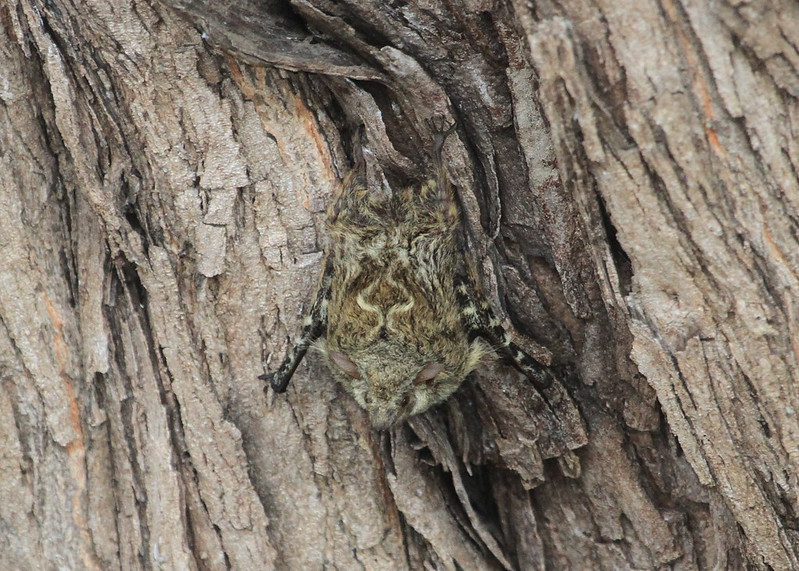
Mark Faherty - Crooked Tree





